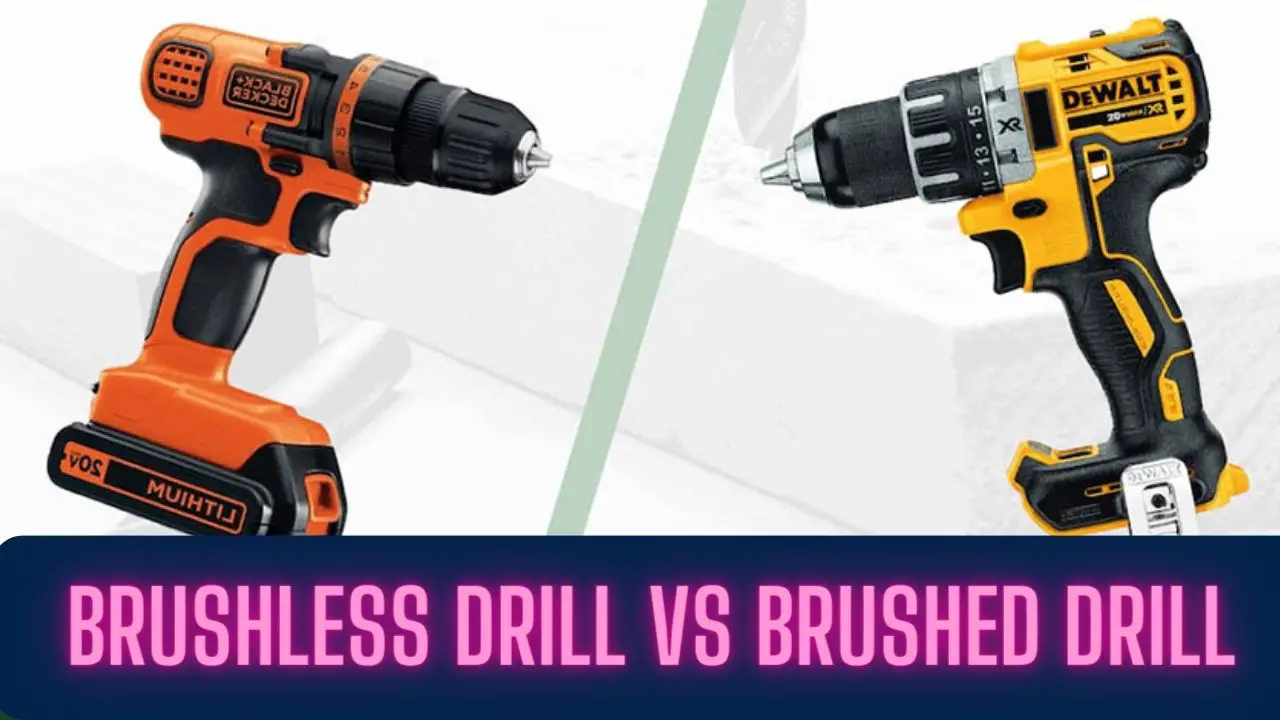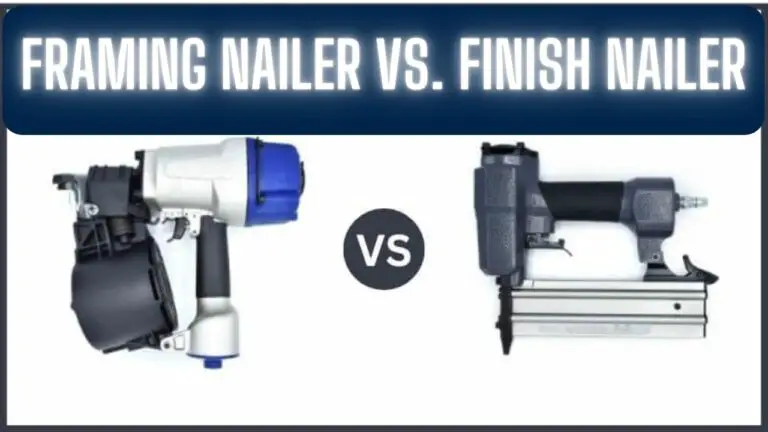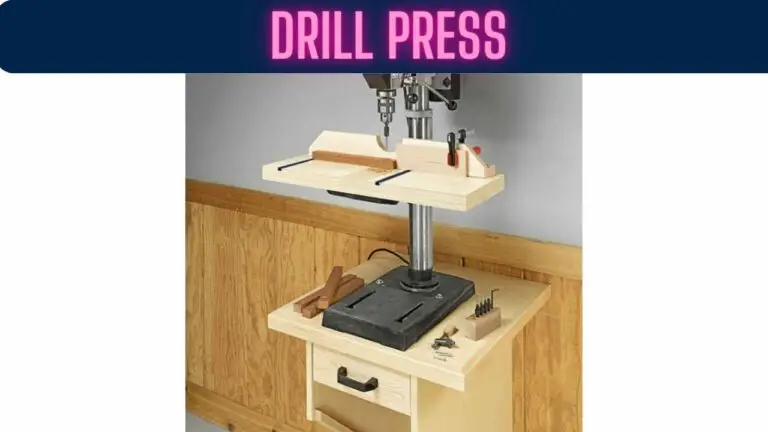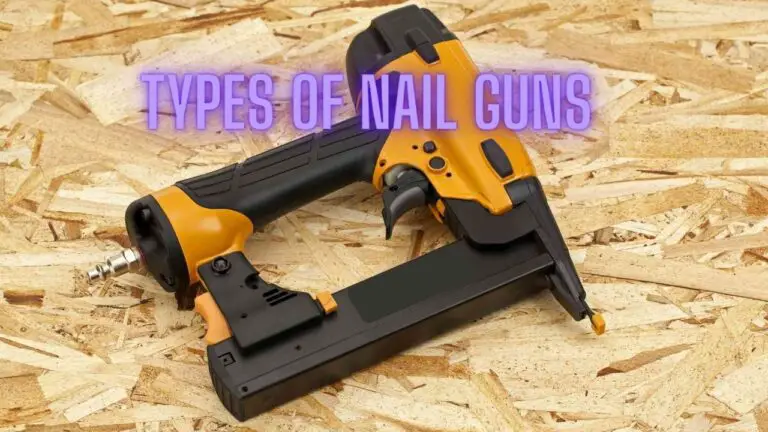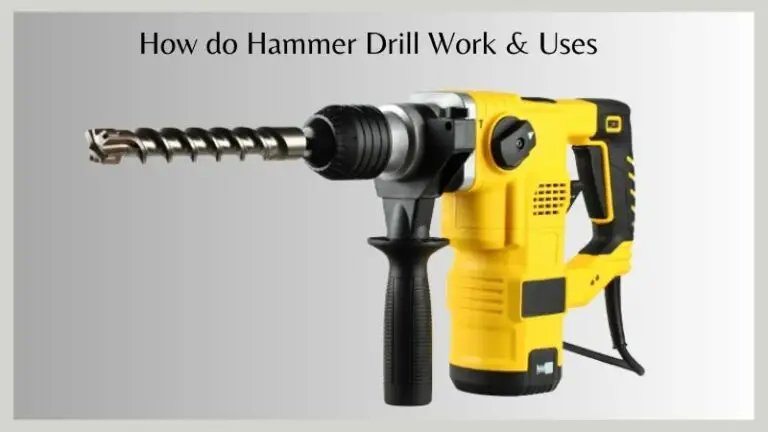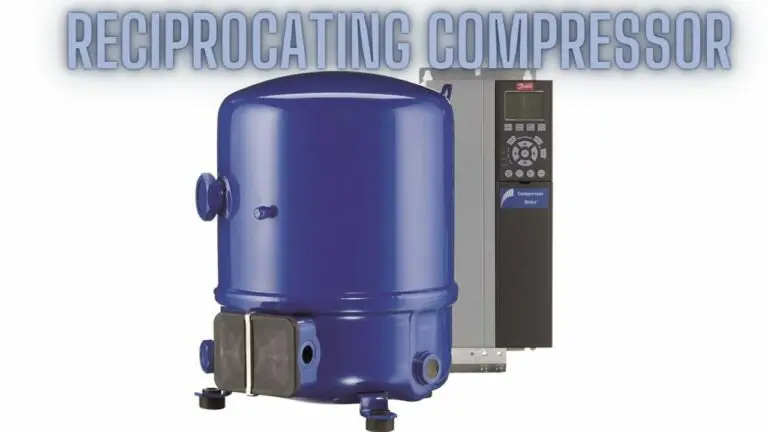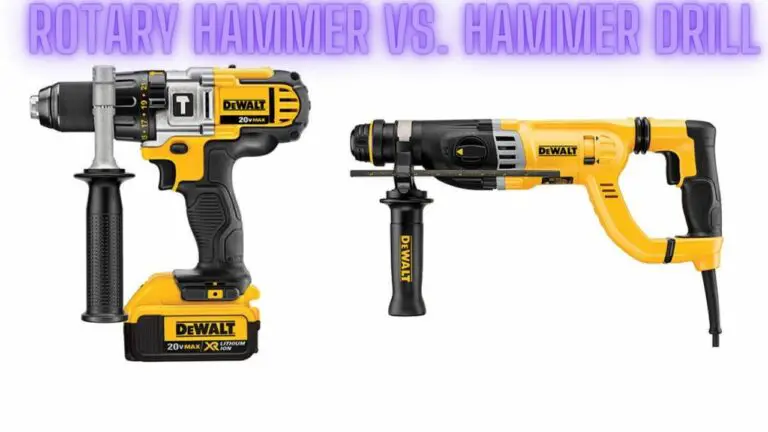Brushless vs. Brushed Drill: Unveiling the Power Tool Revolution
Introduction
Power drills are essential tools in various industries, from construction to woodworking, and they come in two distinct variations: brushless and brushed drills. Each type offers its own set of advantages and considerations, catering to different user needs and preferences. In this article, we will explore the differences between brushless and brushed drills, delve into their mechanisms, and help you make an informed decision when choosing the right tool for your projects.
The Basics: Brushed Drills
Brushed drills are a type of power tool equipped with a traditional brushed motor. They have been widely used for many years in various applications, ranging from DIY projects to professional construction work. Below are the key aspects of brushed drills:
- Working Principle:
- Brushed drills operate using a brushed motor, which contains carbon brushes that transfer electrical current to the rotating armature. This current flow creates a magnetic field, driving the rotation of the motor shaft.
- Components:
- Carbon Brushes: These brushes are in direct contact with the commutator of the motor and conduct electricity to power the motor.
- Commutator: A segmented ring connected to the motor shaft, which switches the direction of current flow to maintain continuous rotation.
- Armature: The rotating component of the motor where mechanical energy is generated.
- Field Coils: Stationary coils that produce the magnetic field interacting with the armature.
- Advantages:
- Cost-Effective: Brushed drills are often more affordable compared to brushless models.
- Proven Technology: Brushed motors have been in use for a long time and are well understood by technicians and users.
- Can Handle Overloads: Brushed motors can typically handle temporary overloads better than brushless motors due to their simpler design.
- Limitations:
- Limited Efficiency: Brushed motors are less efficient compared to brushless motors, leading to lower runtime and reduced battery life.
- More Maintenance: The carbon brushes in brushed motors wear down over time and need periodic replacement.
- Higher Heat Generation: Due to friction between brushes and commutator, brushed motors tend to generate more heat during operation.
- Applications:
- DIY Projects: Brushed drills are suitable for various DIY tasks around the house, such as drilling holes, driving screws, and light construction work.
- Occasional Use: They are a good choice for occasional users or hobbyists who don’t require high performance or long runtime.
- Maintenance Requirements:
- Regular Brush Replacement: Carbon brushes need to be inspected periodically and replaced when worn out to ensure optimal performance.
- Cleaning: The commutator and brushes may need cleaning to remove debris and ensure smooth operation.
- Environmental Impact:
- Brushed drills may have a higher environmental impact due to lower energy efficiency and the need for periodic brush replacement, which generates waste.
Overall, brushed drills remain a viable option for users who prioritize affordability and simplicity over the advanced features offered by brushless models. However, they may not be the best choice for professionals or heavy users seeking maximum performance and durability.
The Innovation: Brushless Drills
Brushless drills represent a technological advancement in power tool design, featuring a brushless motor that offers several advantages over traditional brushed models. Here’s an overview of brushless drills:
- Working Principle:
- Brushless drills utilize a brushless motor, which operates on a different principle than brushed motors. Instead of carbon brushes, brushless motors use electronic controls to direct current to the windings in the motor.
- Components:
- Stator: The stationary part of the motor containing coils of wire.
- Rotor: The rotating part of the motor, which contains permanent magnets. In brushless motors, the rotor is the outer part, and the stator is the inner part.
- Electronic Controls: These control the flow of current to the motor windings, optimizing performance and efficiency.
- Advantages:
- Higher Efficiency: Brushless motors are more efficient than brushed motors, resulting in longer runtime and improved battery life.
- Reduced Maintenance: With no brushes to wear out, brushless drills require less maintenance compared to brushed models.
- Less Heat Generation: Brushless motors produce less heat during operation, contributing to longer tool life and enhanced safety.
- More Power: Brushless drills can deliver more power and torque compared to brushed drills of similar size.
- Limitations:
- Higher Cost: Brushless drills are typically more expensive upfront compared to brushed models due to the more advanced technology involved.
- Complexity: The electronic controls and additional components in brushless motors can make them more complex to repair compared to brushed motors.
- Susceptibility to Overheating: While brushless motors generate less heat during normal operation, they can be more susceptible to overheating if pushed beyond their limits.
- Applications:
- Professional Use: Brushless drills are favored by professionals and tradespeople who require high performance, durability, and long runtime.
- Heavy-Duty Tasks: They are suitable for demanding tasks such as drilling into tough materials, driving large fasteners, and continuous use on job sites.
- Extended Use: Brushless drills are ideal for users who need extended runtime without frequent battery changes or recharges.
- Maintenance Requirements:
- While brushless drills require less maintenance than brushed models, they may still need occasional cleaning and inspection to ensure optimal performance.
- Electronics and control systems may require specialized servicing if issues arise.
- Environmental Impact:
- Brushless drills typically have a lower environmental impact due to their higher energy efficiency, which reduces overall energy consumption and greenhouse gas emissions.
Overall, brushless drills offer superior performance, efficiency, and durability compared to brushed drills, making them the preferred choice for professionals and users with demanding applications. Despite their higher initial cost, the long-term benefits often outweigh the investment for those who rely on their tools for regular use.
Which One to Choose?
The choice between a brushed and a brushless drill depends on your specific needs and budget:
- Brushed Drill: If you are a casual DIYer on a budget and require a drill for occasional use, a brushed drill could be a cost-effective option.
- Brushless Drill: For professionals and enthusiasts who demand superior performance, durability, and battery life, a brushless drill is worth the investment. It’s especially valuable for heavy-duty applications and tasks requiring precision.
Differences between Brushless vs. Brushed Drill
Power drills are essential tools in various industries, from construction to woodworking, and they come in two primary types: brushless and brushed drills. These two variations have distinct features and performance characteristics that can significantly impact your drilling experience. Here’s a detailed comparison of brushless and brushed drills to help you understand their differences:
1. Motor Design:
- Brushless Drill: Brushless drills feature a motor design without traditional carbon brushes. Instead, they use electronic circuits and magnets to generate power. This design reduces friction, heat, and wear, resulting in higher efficiency and longevity.
- Brushed Drill: Brushed drills use a motor with carbon brushes to transfer electrical current to the rotating armature. This design introduces friction, heat, and wear, which can affect efficiency and durability.
2. Efficiency and Battery Life:
- Brushless Drill: Brushless drills are more efficient due to reduced friction and heat generation. This efficiency leads to less energy waste and longer battery life, allowing you to work for extended periods without frequent battery changes.
- Brushed Drill: The brushes in brushed drills create friction and heat, leading to energy loss and shorter battery life. This can require more frequent battery replacements or recharges during extended use.
3. Performance:
- Brushless Drill: Brushless drills typically offer higher torque and power output. This makes them suitable for heavy-duty applications and tasks that demand more power, such as drilling through tough materials or driving large screws.
- Brushed Drill: Brushed drills provide good power output, but their efficiency limitations might impact their performance in demanding applications compared to brushless models.
4. Maintenance:
- Brushless Drill: Brushless drills require less maintenance due to the absence of brushes that wear out over time. This leads to longer tool lifespan and fewer repairs.
- Brushed Drill: Brushed drills need more maintenance due to the brushes needing periodic replacement. This can lead to additional costs and downtime.
5. Size and Weight:
- Brushless Drill: Brushless motors are generally smaller and lighter than brushed motors, allowing for more compact and ergonomic drill designs.
- Brushed Drill: Brushed motors are bulkier, which can lead to slightly larger and heavier drill designs.
6. Precision and Control:
- Brushless Drill: Brushless drills offer better electronic control, allowing for more precise speed adjustments and smoother transitions between speeds.
- Brushed Drill: Brushed drills might have less refined speed control due to the inherent mechanical nature of the brush system.
7. Cost:
- Brushless Drill: Brushless drills are typically more expensive due to their advanced technology, efficiency, and performance benefits.
- Brushed Drill: Brushed drills are generally more affordable, making them a suitable choice for occasional users or those on a tighter budget.
Brushless vs. Brushed Drill FAQS
What is the main difference between a brushless and a brushed drill?
The main difference lies in the motor design. Brushless drills use electronic circuits and magnets for power, eliminating brushes and reducing friction and wear. Brushed drills use traditional carbon brushes for power transfer, leading to friction and heat generation.
Which drill is more efficient?
Brushless drills are more efficient due to their design that reduces energy loss from friction and heat. This efficiency translates to longer battery life and less frequent recharging.
Are brushless drills more powerful than brushed drills?
Generally, yes. Brushless drills tend to offer higher power and torque output, making them better suited for heavy-duty applications that require more strength.
Do brushless drills last longer than brushed drills?
Yes, brushless drills typically have a longer lifespan due to their design without brushes that wear out. They require less maintenance and are better equipped for continuous and heavy use.
Are brushless drills lighter in weight?
Yes, brushless drills often have a more compact and lightweight design compared to brushed drills, thanks to their smaller and lighter brushless motors.
Can I use the same batteries for both brushless and brushed drills?
Some manufacturers offer compatible battery systems for both types of drills within their brand, but it’s crucial to check compatibility before assuming batteries will work interchangeably.
Are brushless drills worth the higher cost?
For professionals and those who require top-tier performance, efficiency, and longevity, the higher cost of a brushless drill can be justified. However, occasional users or those on a budget might find brushed drills more cost-effective.
Which type of drill is better for DIY projects?
For DIY projects, both types can be suitable, depending on the scale and frequency of your projects. Brushless drills offer advanced features, but brushed drills can be cost-effective for occasional use.
Can I retrofit a brushed drill to be brushless?
Generally, no. Retrofitting a brushed drill to be brushless is complex and might require significant modifications, including changing the motor and electronics.
Are brushless drills quieter than brushed drills?
Brushless drills tend to be quieter because their design reduces the mechanical noise generated by brushes contacting the armature.
Can I use a brushless drill for light tasks?
Yes, you can use a brushless drill for light tasks. While they are powerful, brushless drills offer precise speed control, making them versatile for a range of applications.
Do brushless drills have less heat buildup?
Yes, due to the absence of brushes that generate friction and heat, brushless drills experience less heat buildup, contributing to their efficiency and extended lifespan.
Conclusion
In conclusion, the transition from brushed to brushless drills signifies a significant advancement in power tool technology. Brushless drills offer increased efficiency, durability, and precision control, albeit at a higher cost. Consider your usage frequency, project demands, and long-term goals when choosing between these two types of drills. Whether you opt for the time-tested brushed drill or the cutting-edge brushless model, both tools serve as reliable companions in your journey of craftsmanship.

